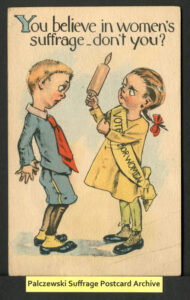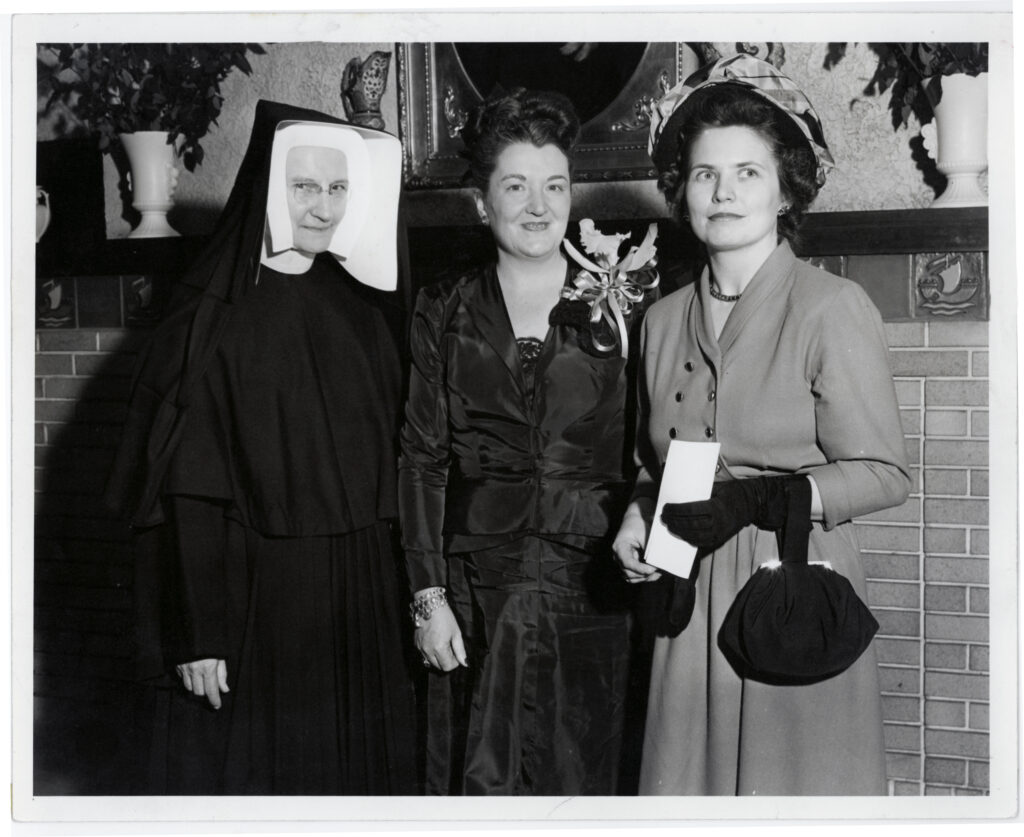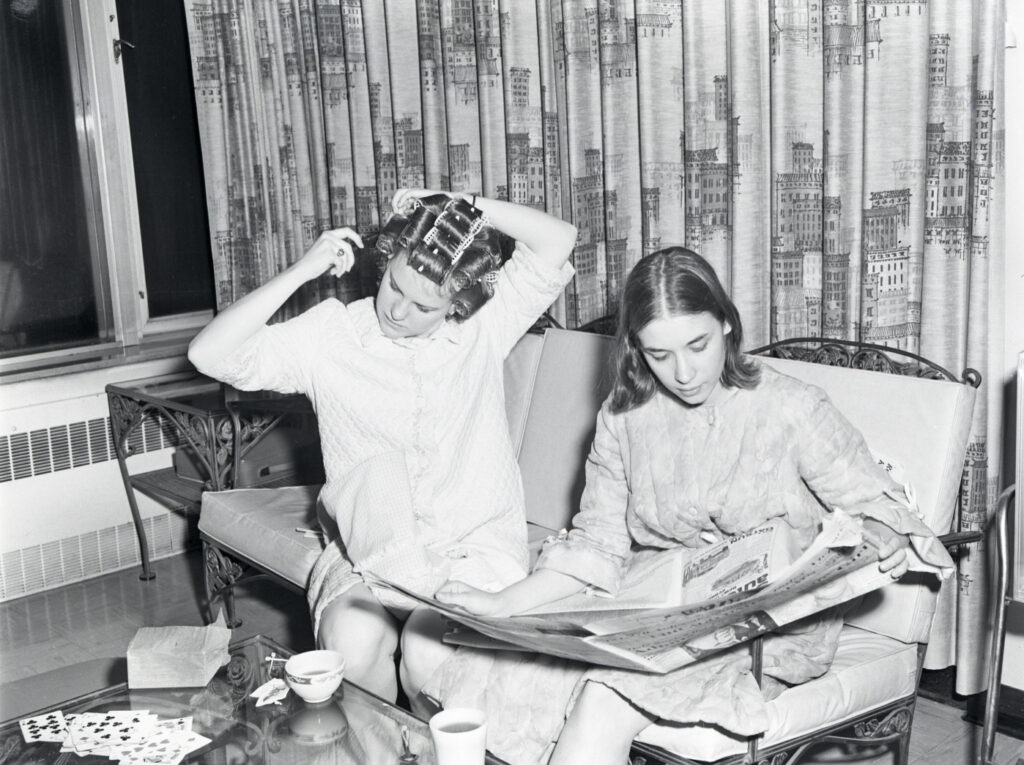In 1920, the 19th Amendment granting women the right to vote was ratified by the 34th state and became part of the United States Constitution.[i] Suffragists had won this battle, but the war for equality was far from over. Within a year of winning the right to vote, women’s rights activists found their next battle in the idea for “a federal guarantee that the law would treat people equally regardless of their sex” (Thulin, 2019).[ii] From this idea came the Equal Rights Amendment (ERA). Though it was introduced early on, the ERA did not gain traction until the 1960s-1970s. This last draft of this Amendment is short and simple:
Section 1. Equality of rights under the law shall not be denied or abridged by the United States or by any State on account of sex.
Section 2. The Congress shall have the power to enforce, by appropriate legislation, the provisions of this article.
Section 3. This amendment shall take effect two years after the date of ratification.
The ERA inspired controversy. One group that opposed it, called Stop Taking Our Privileges (STOP) ERA, claimed the ERA took away women’s privileges as homemakers and would rob them of their femininity. To fight this claim, a new group called HERA (Homemakers for the Equal Rights Amendment) was formed.
Keep on reading!




